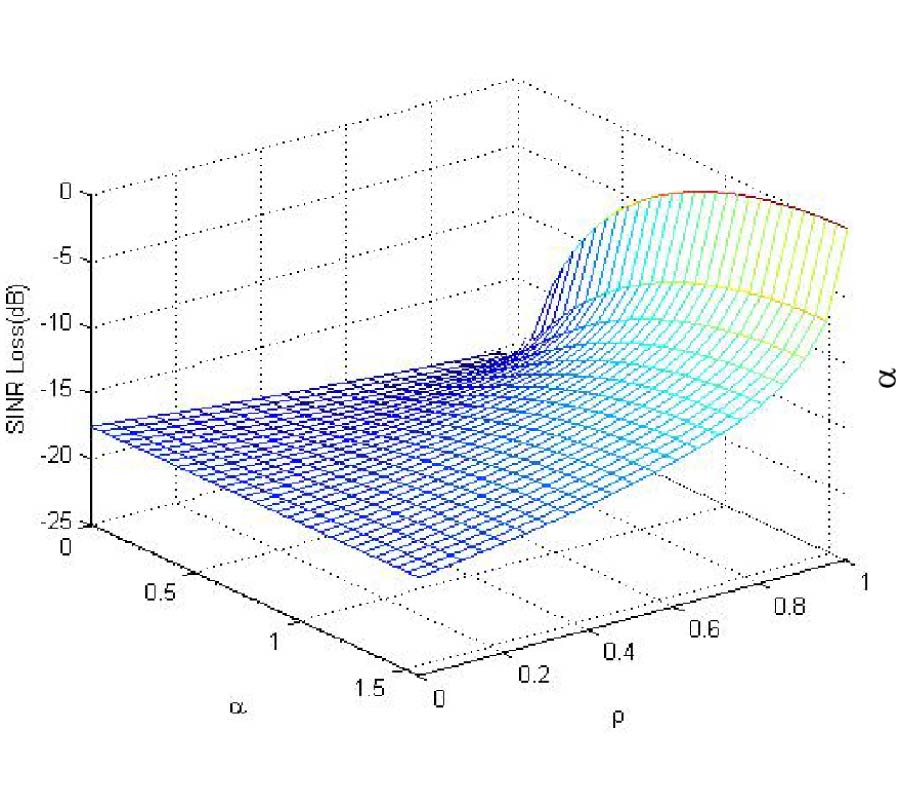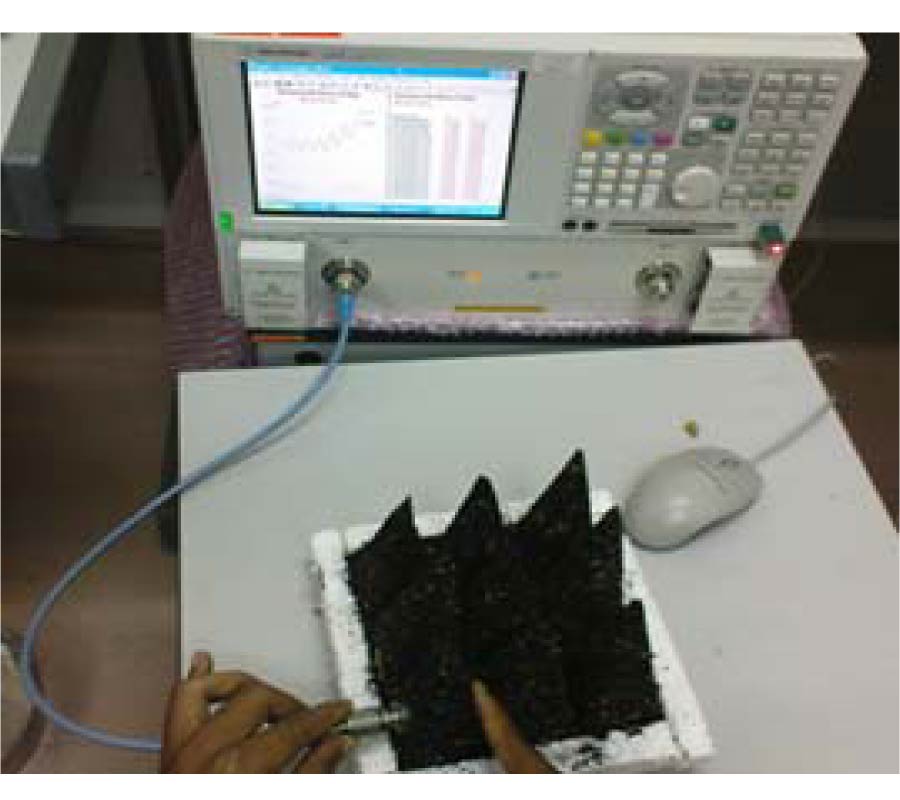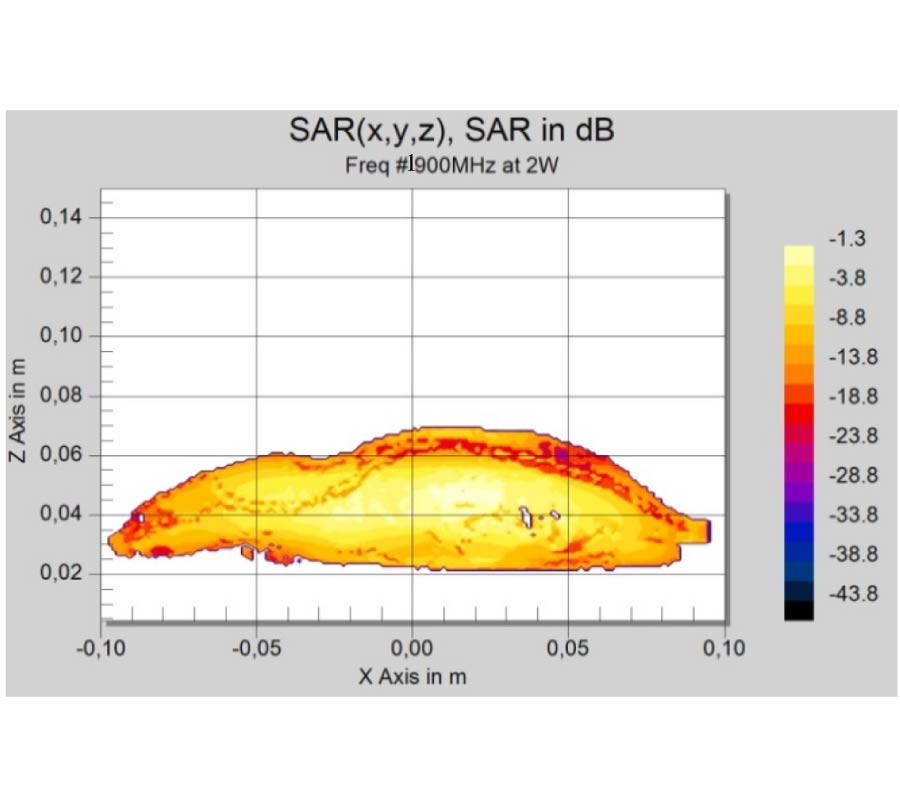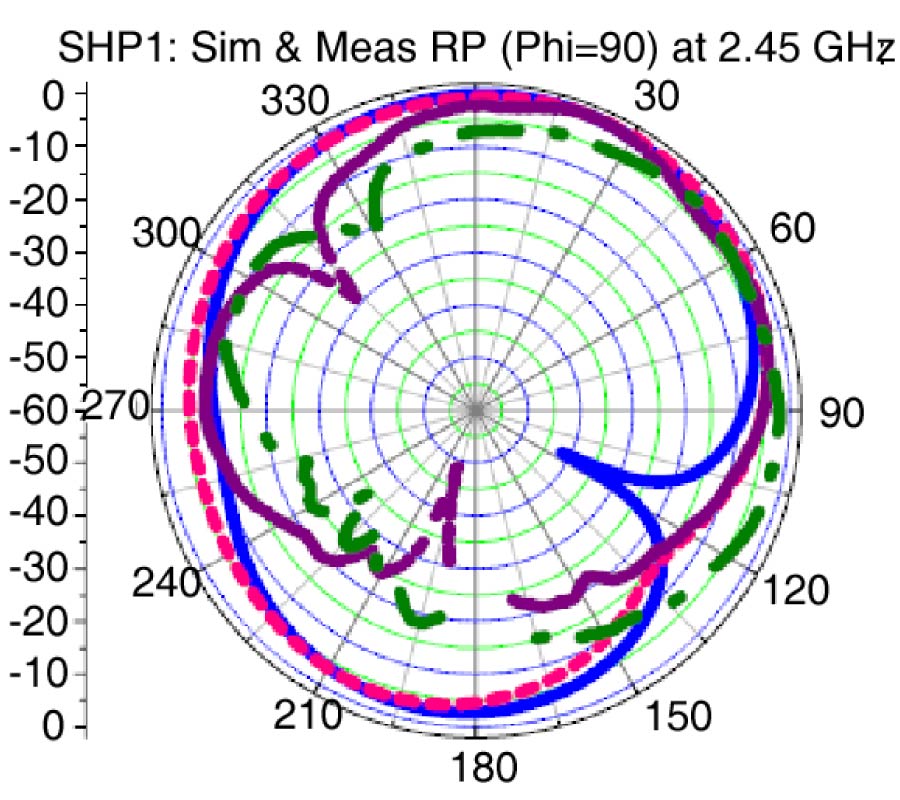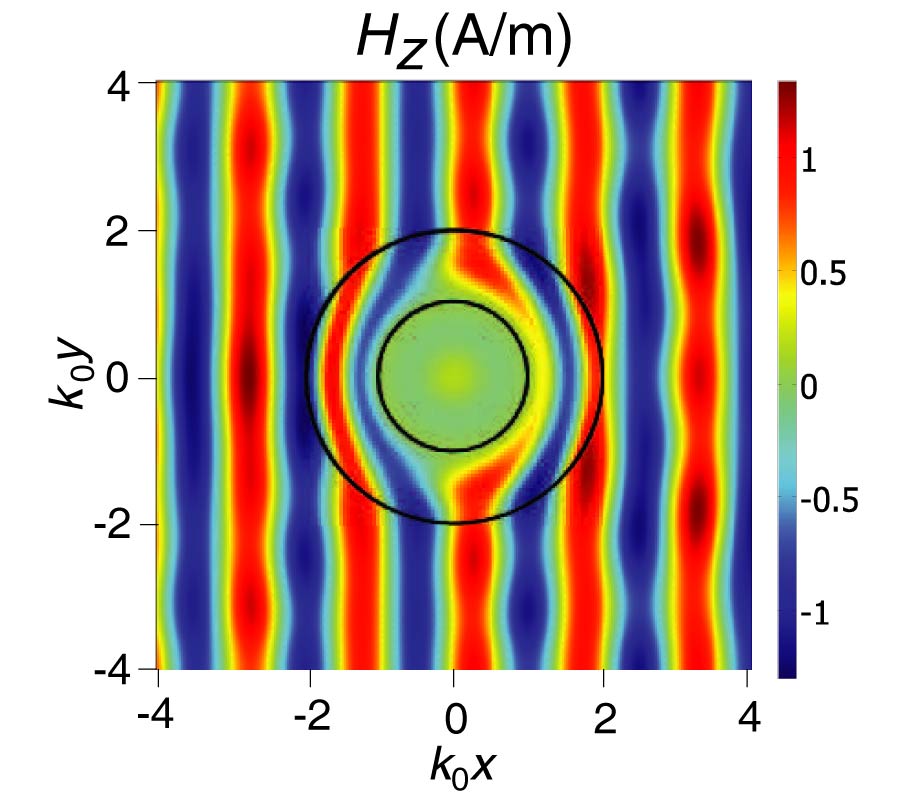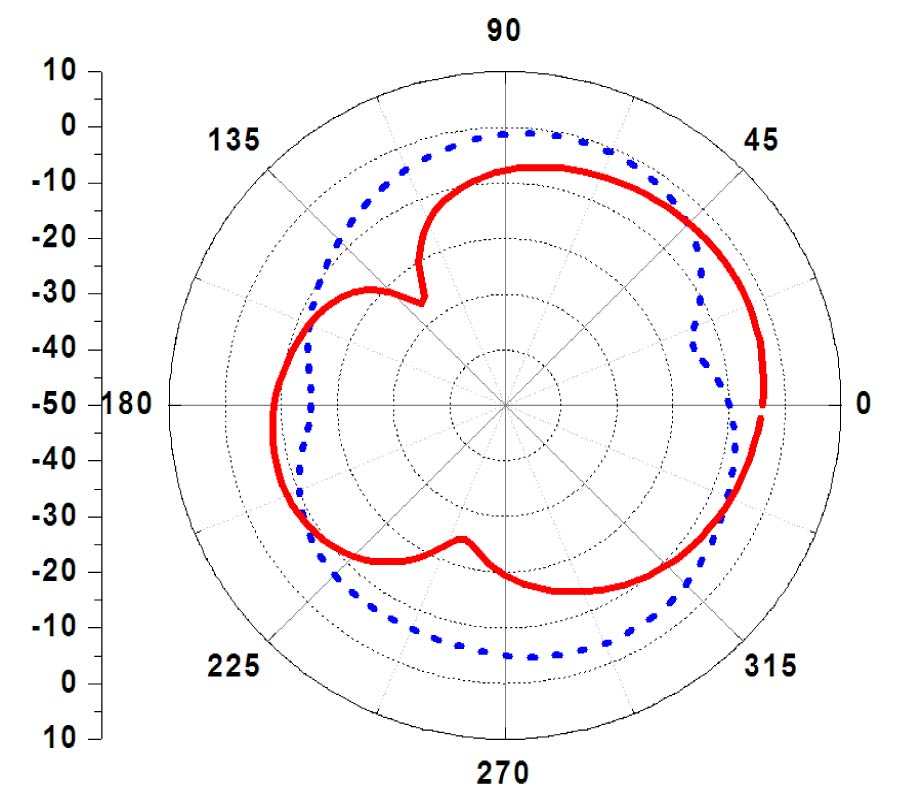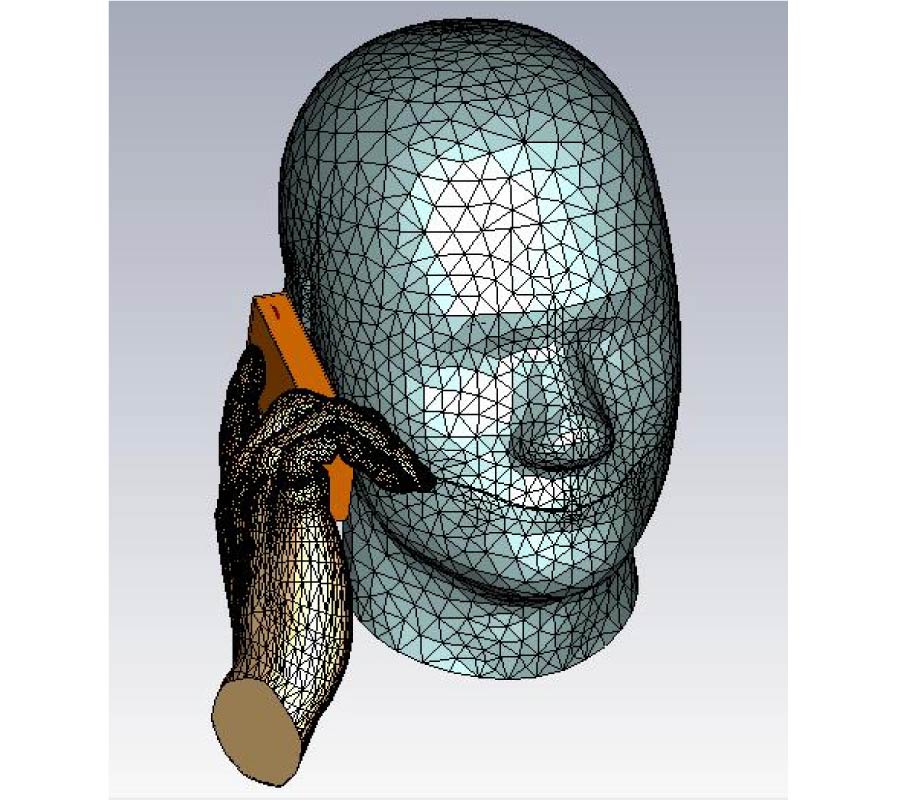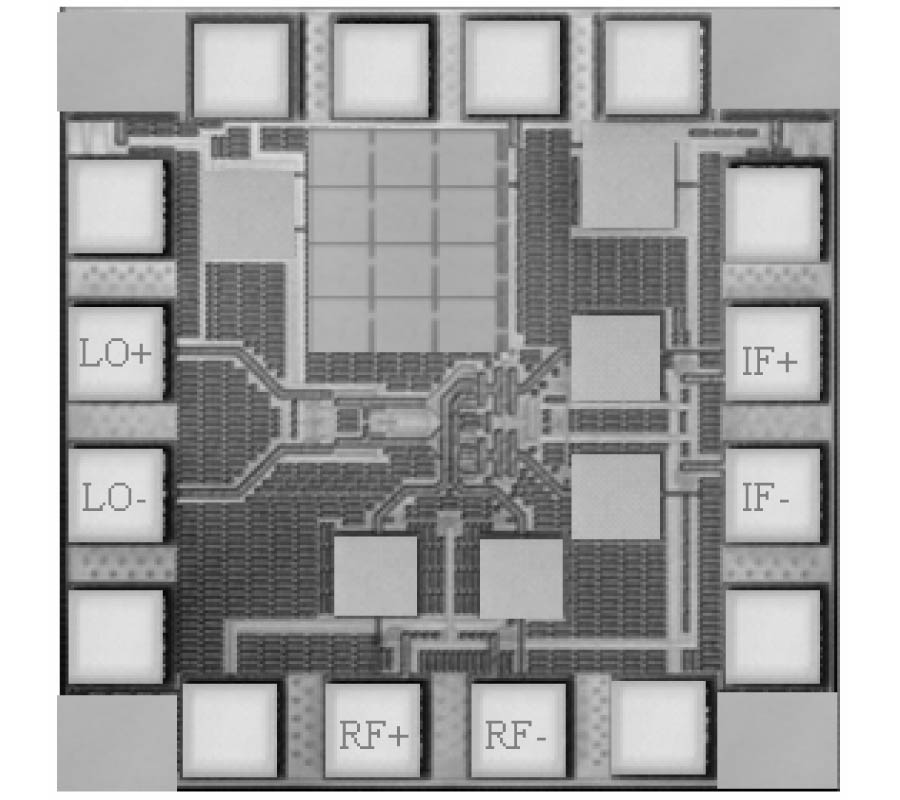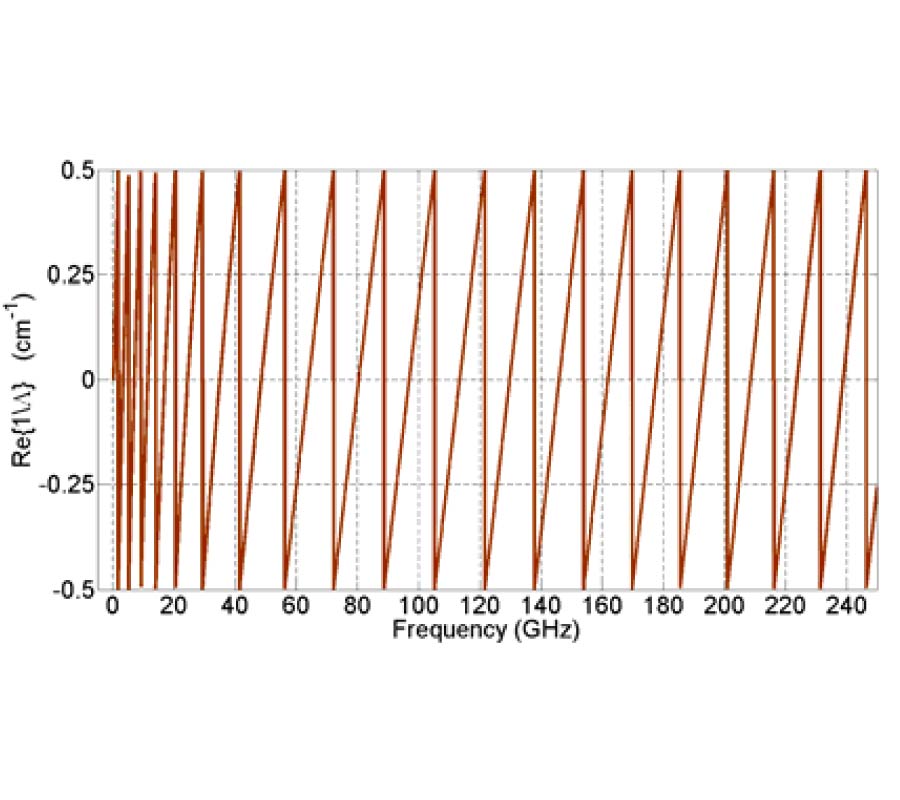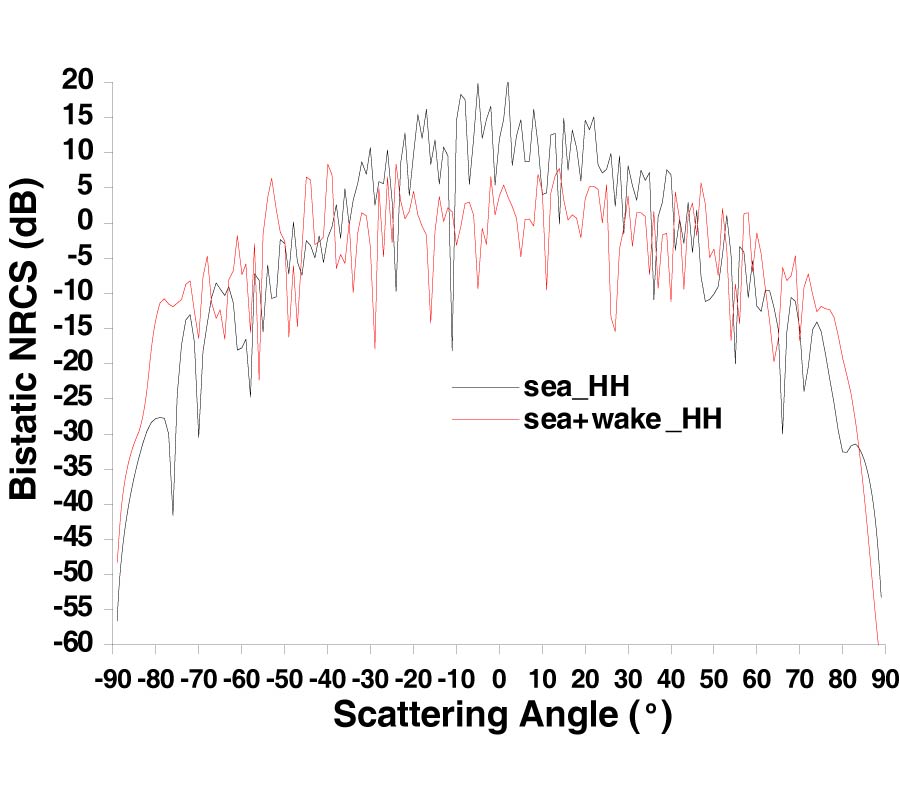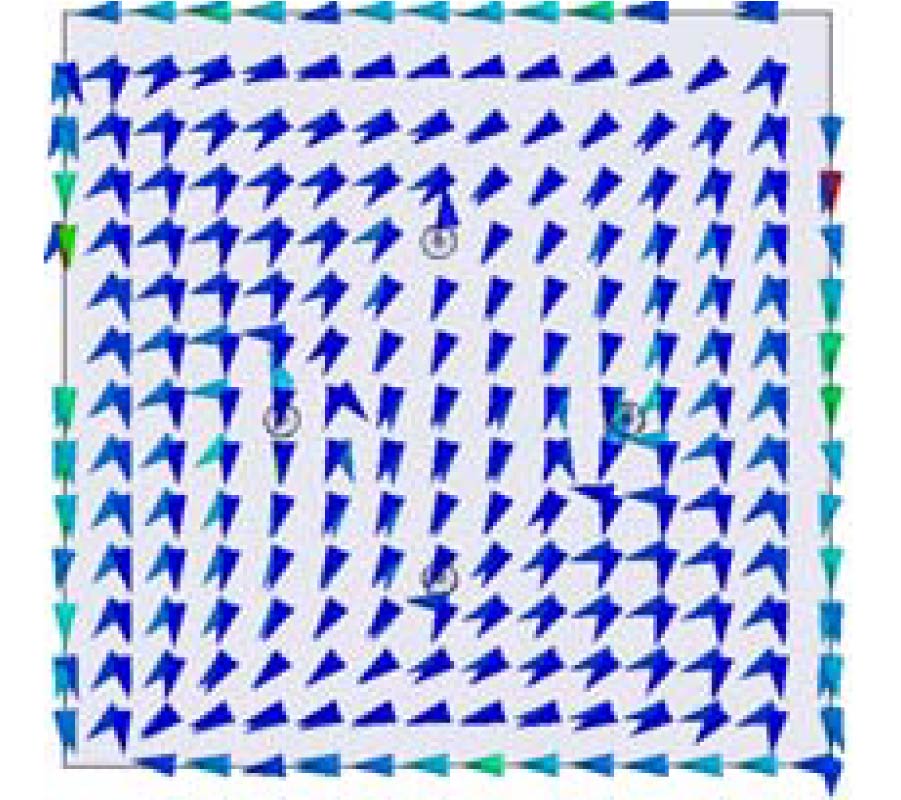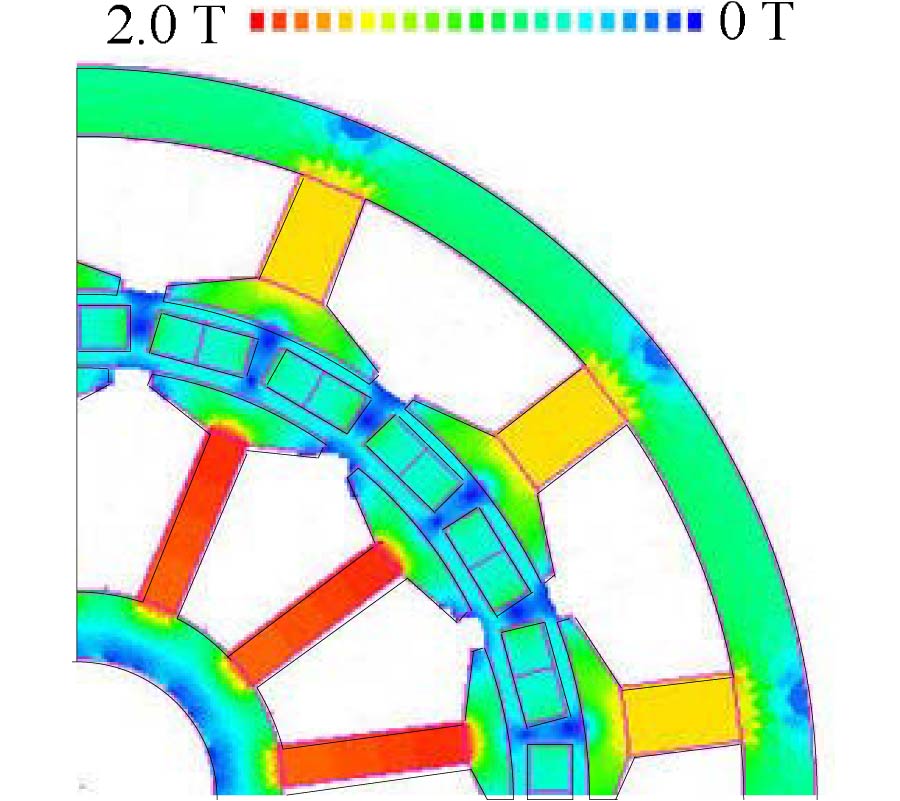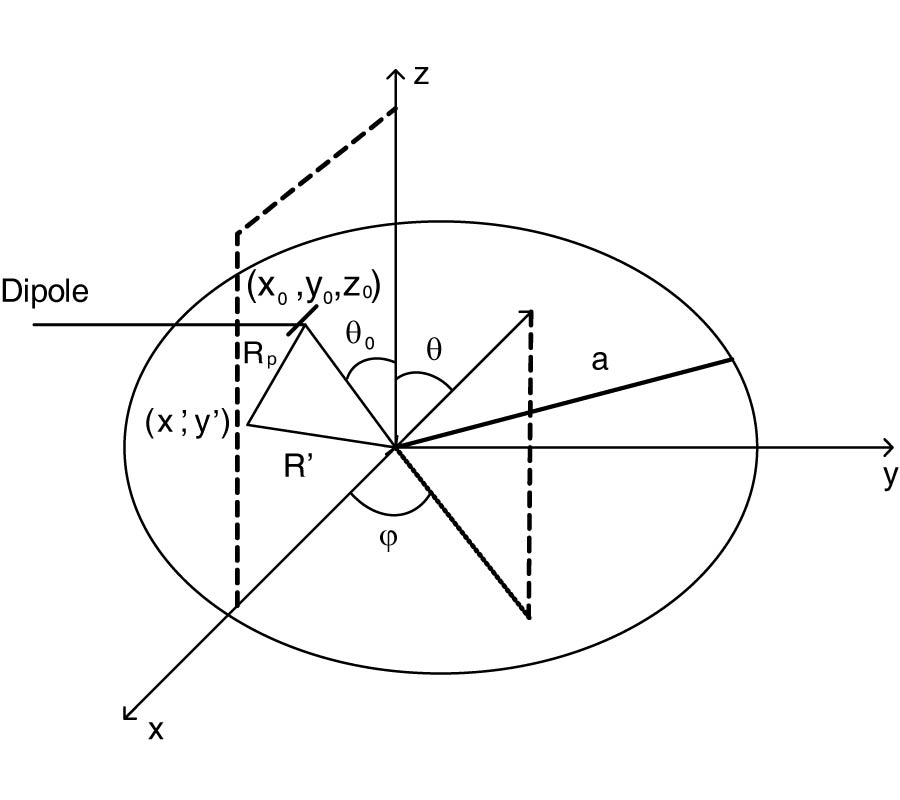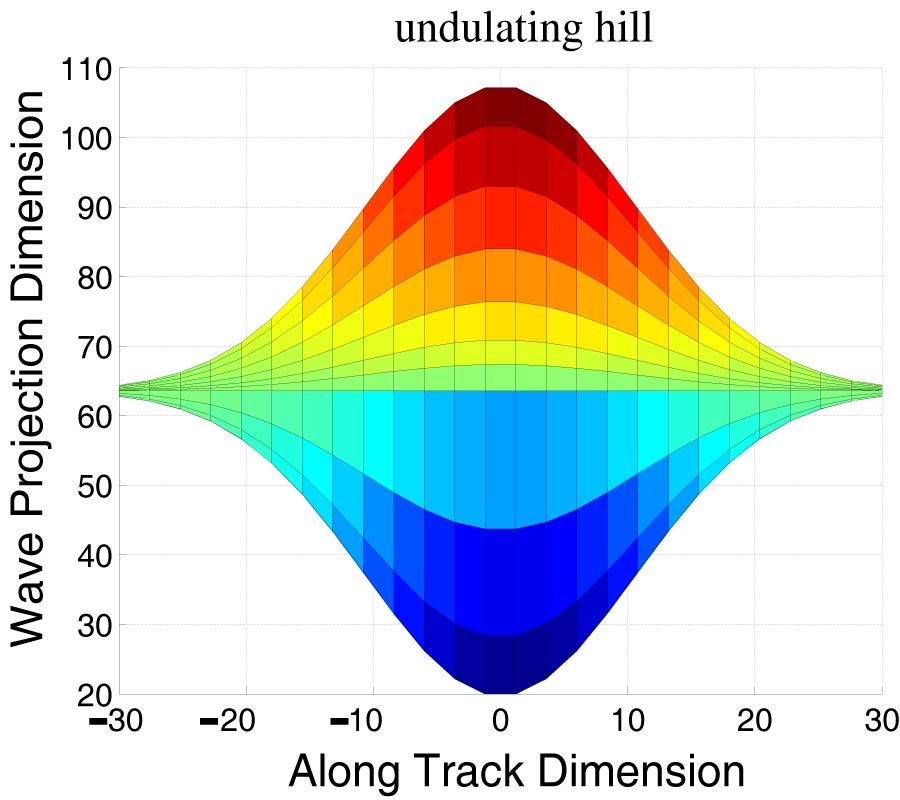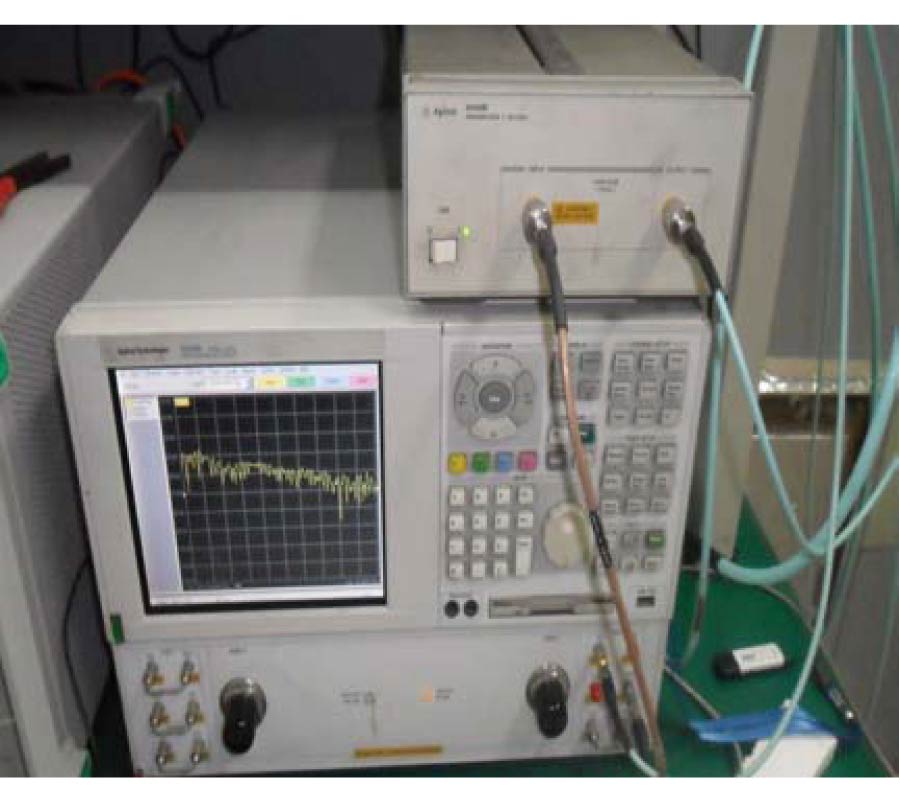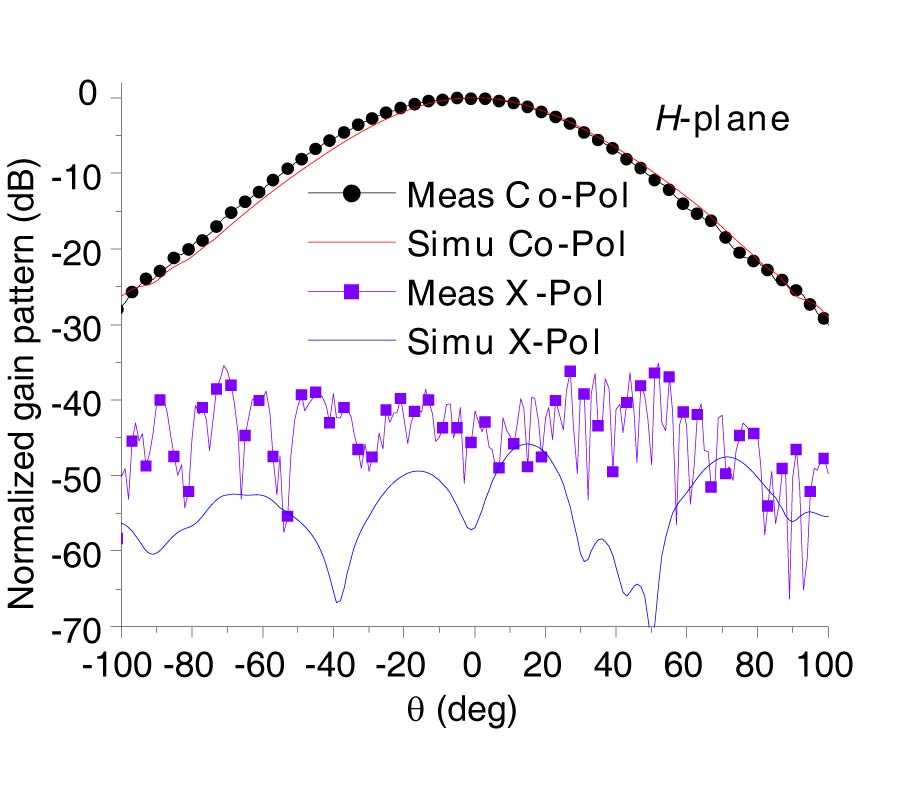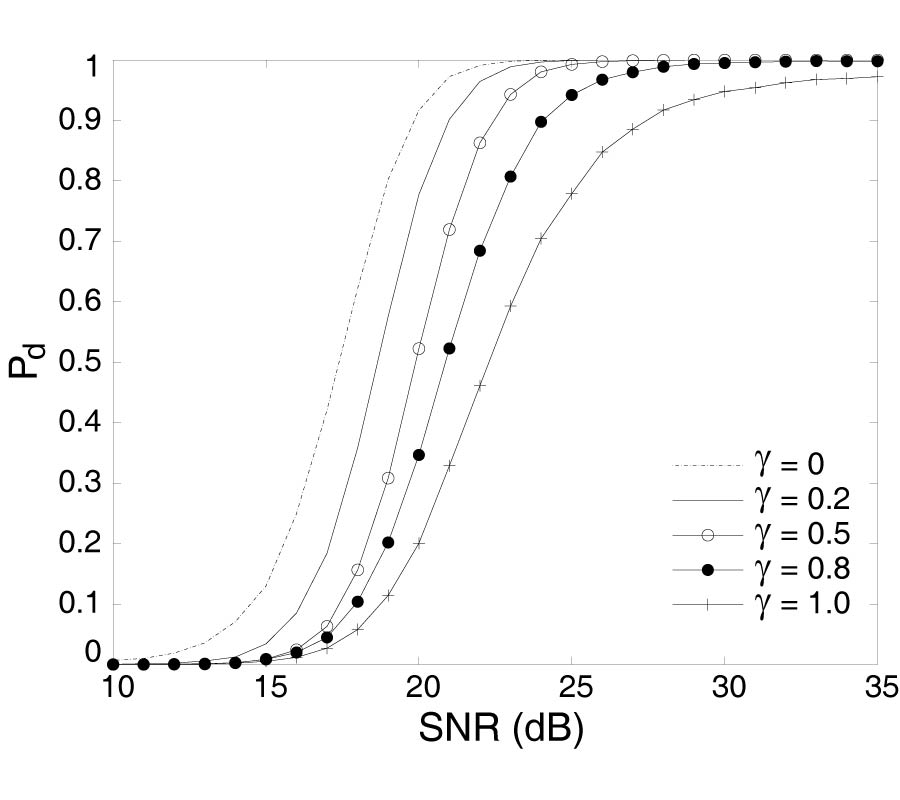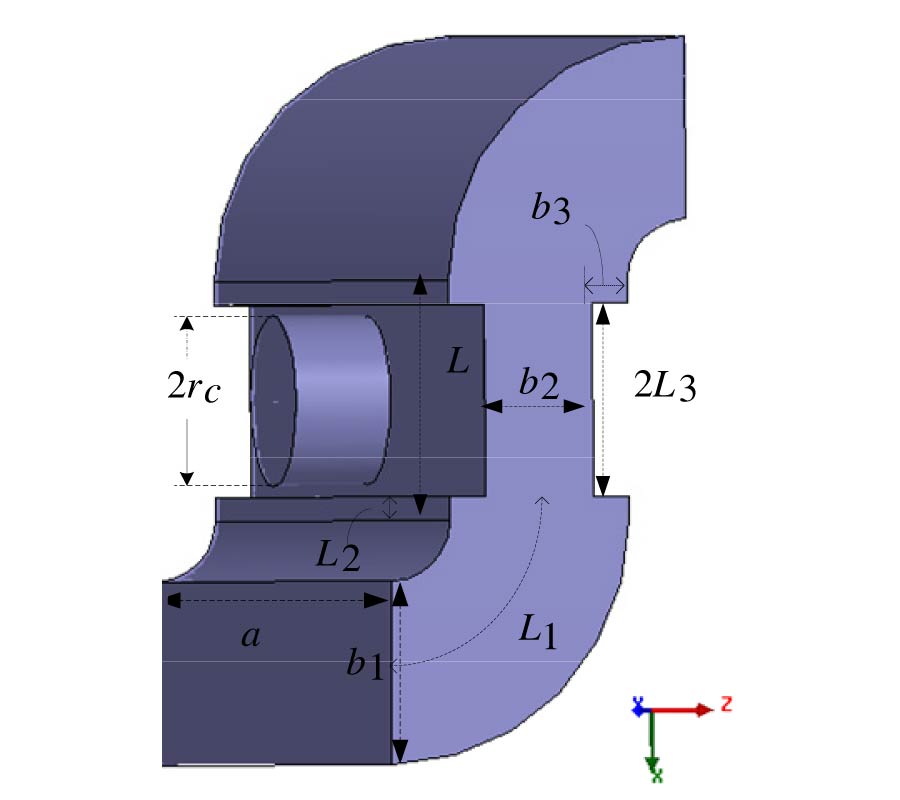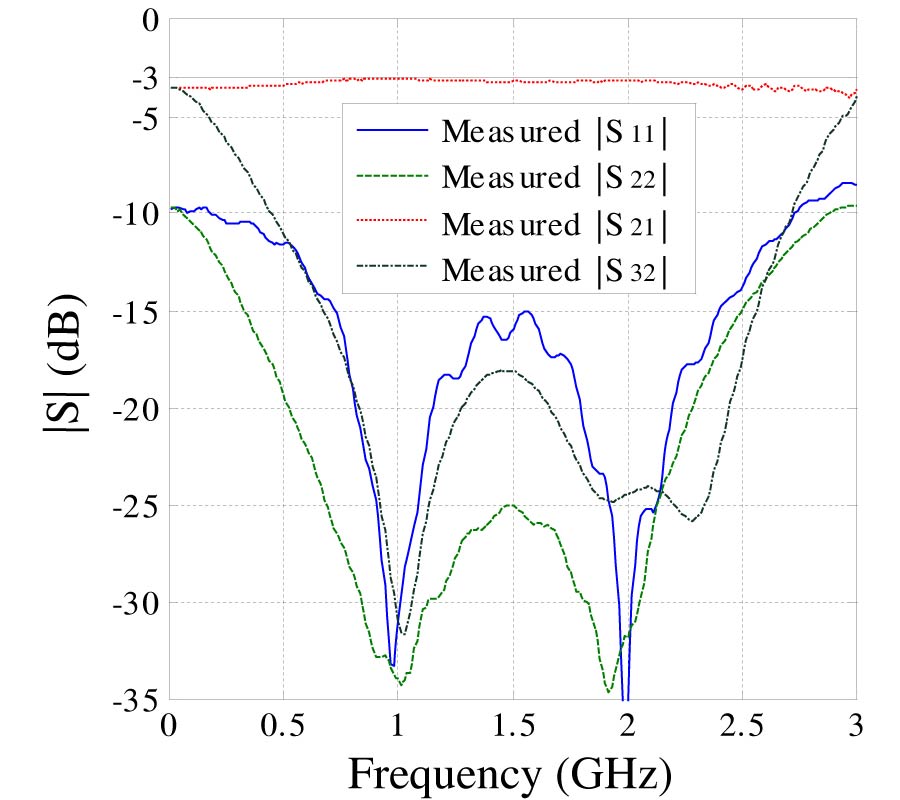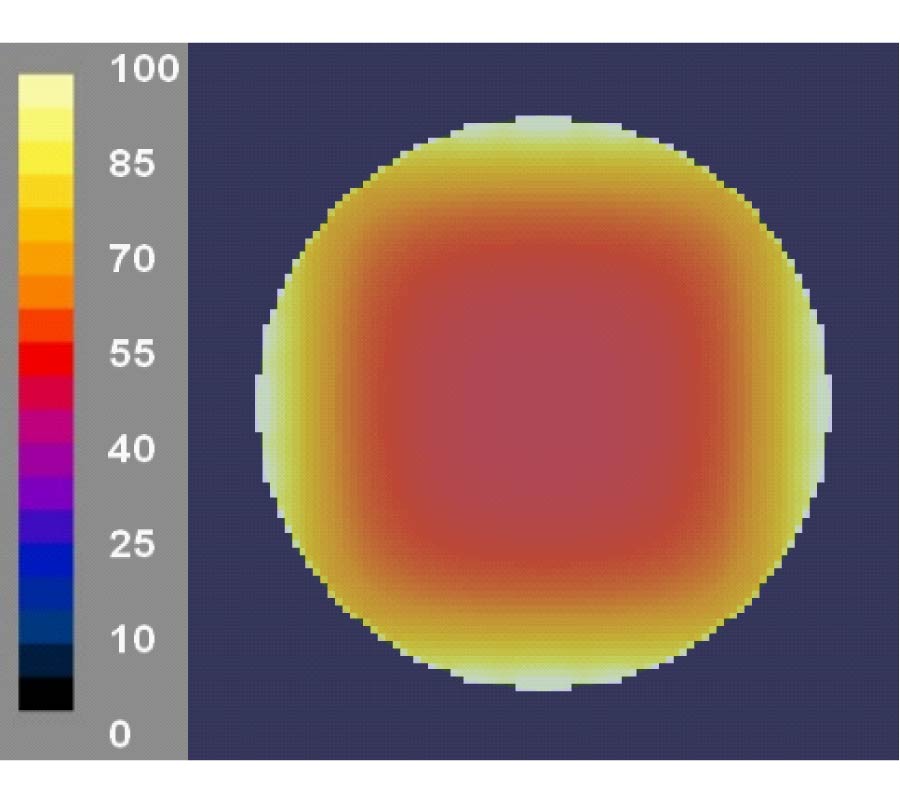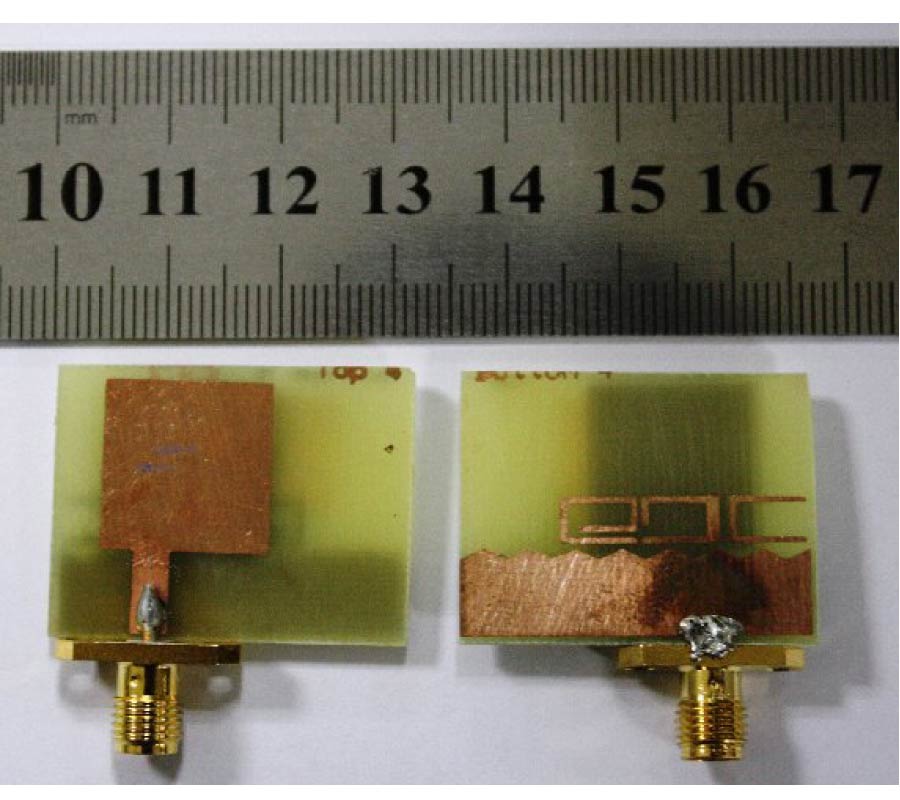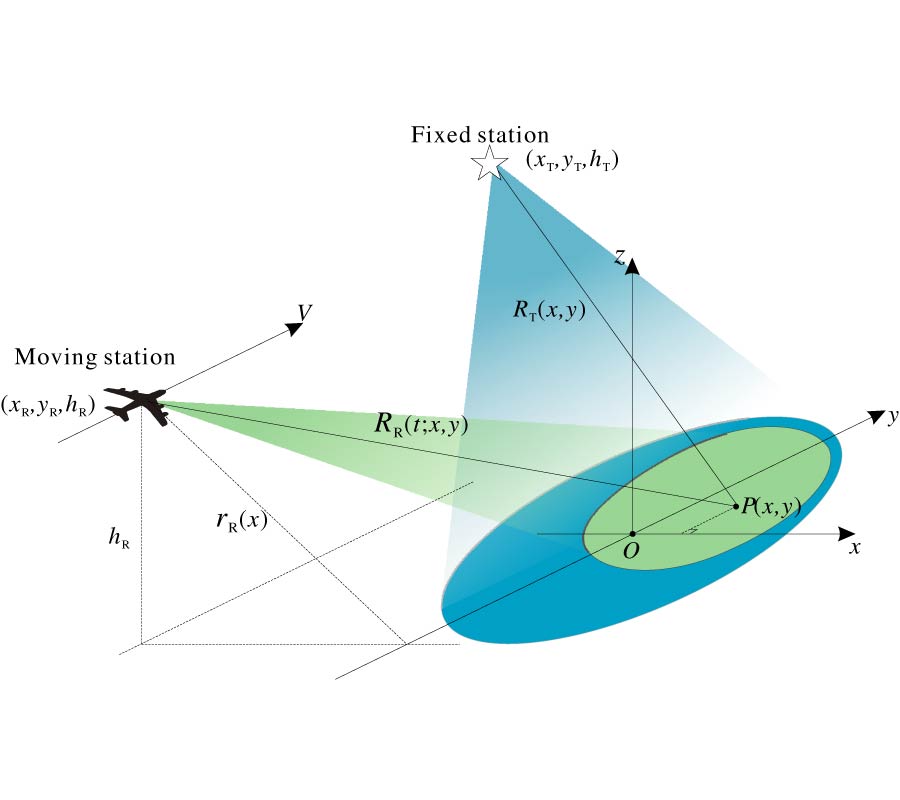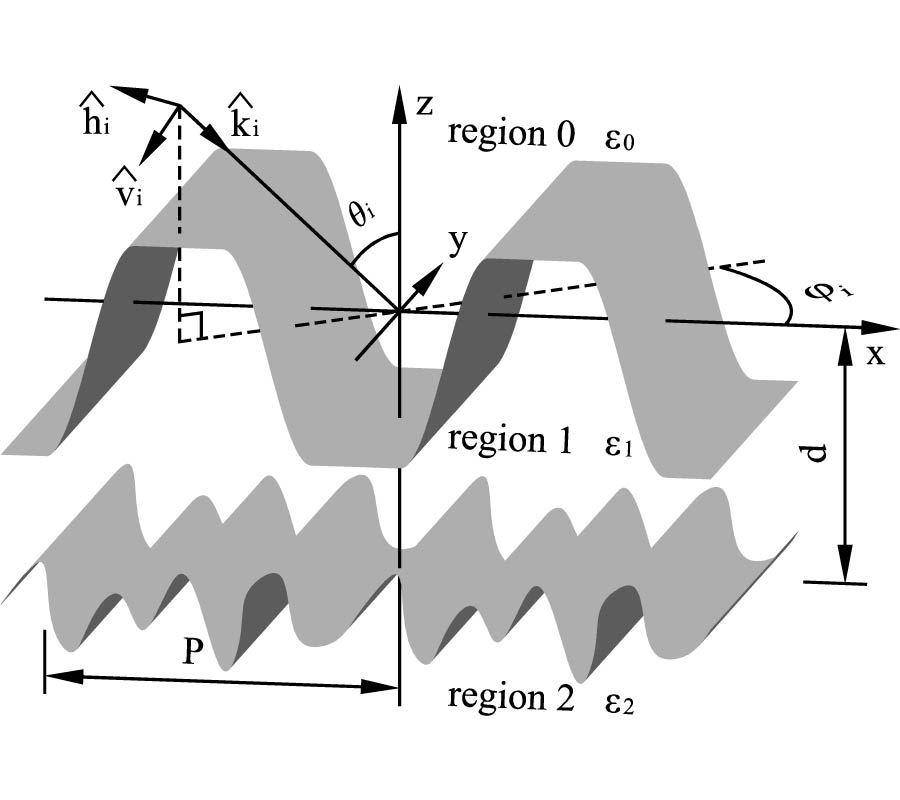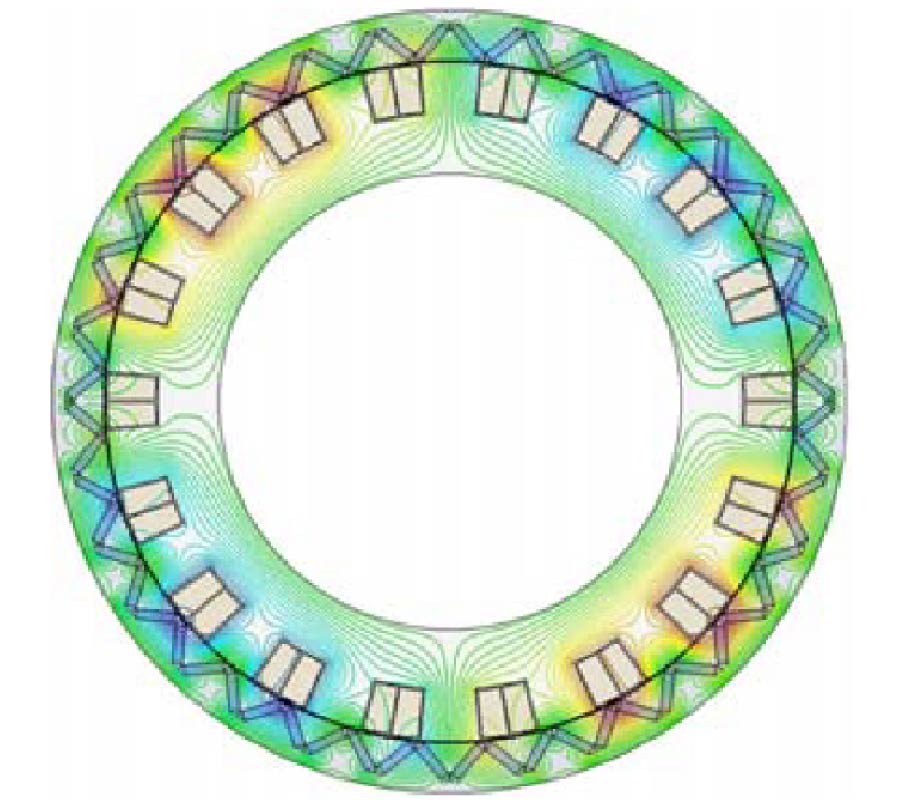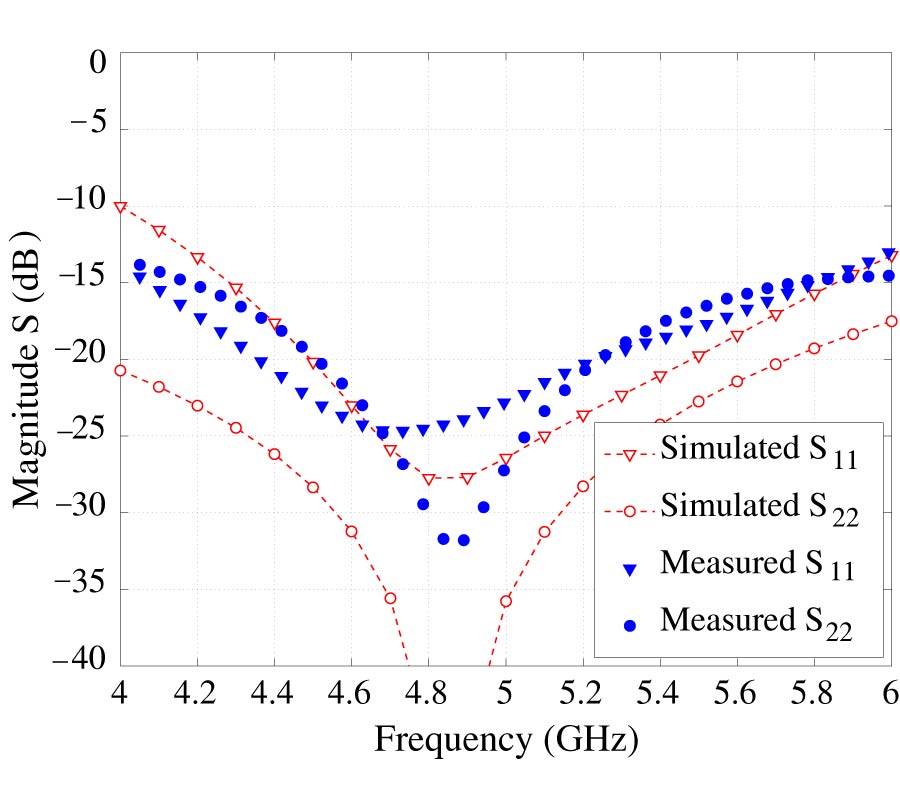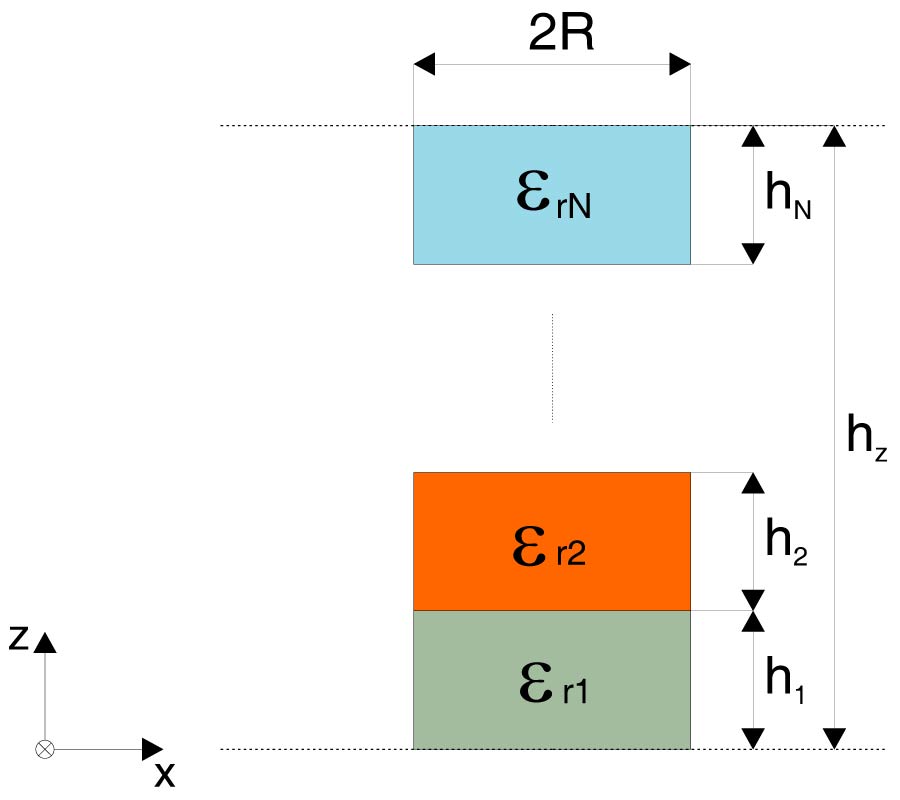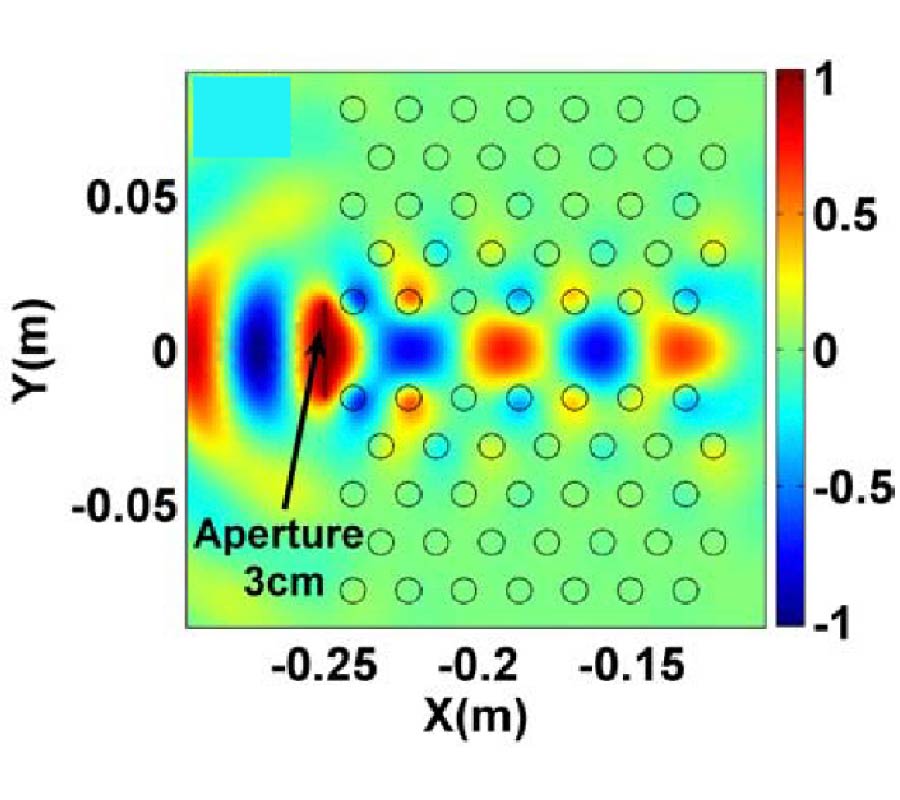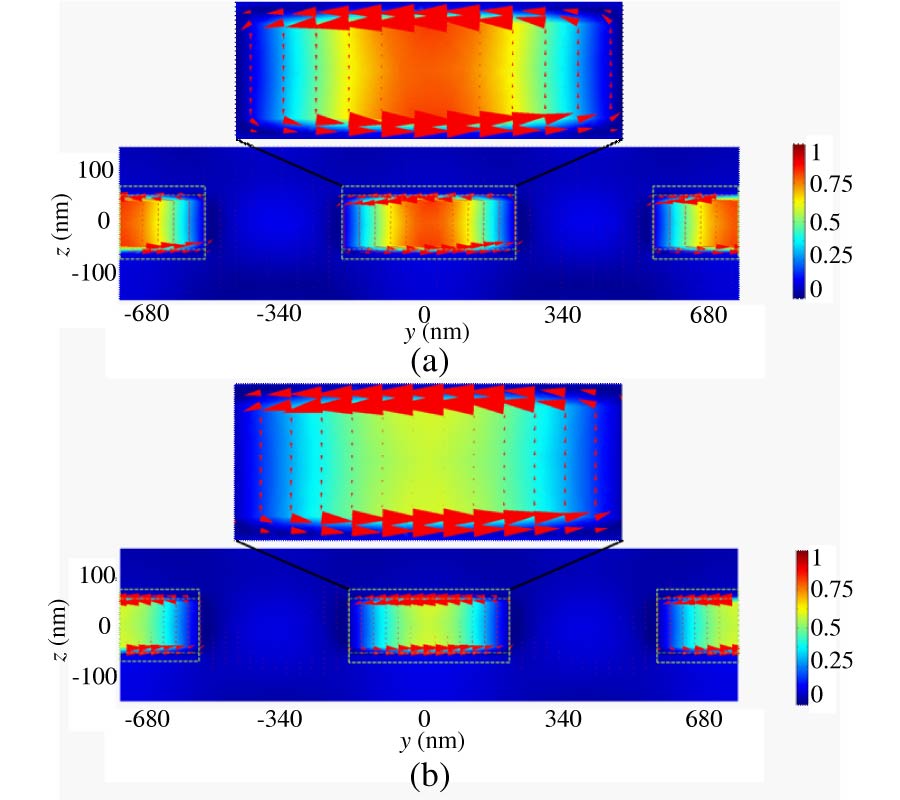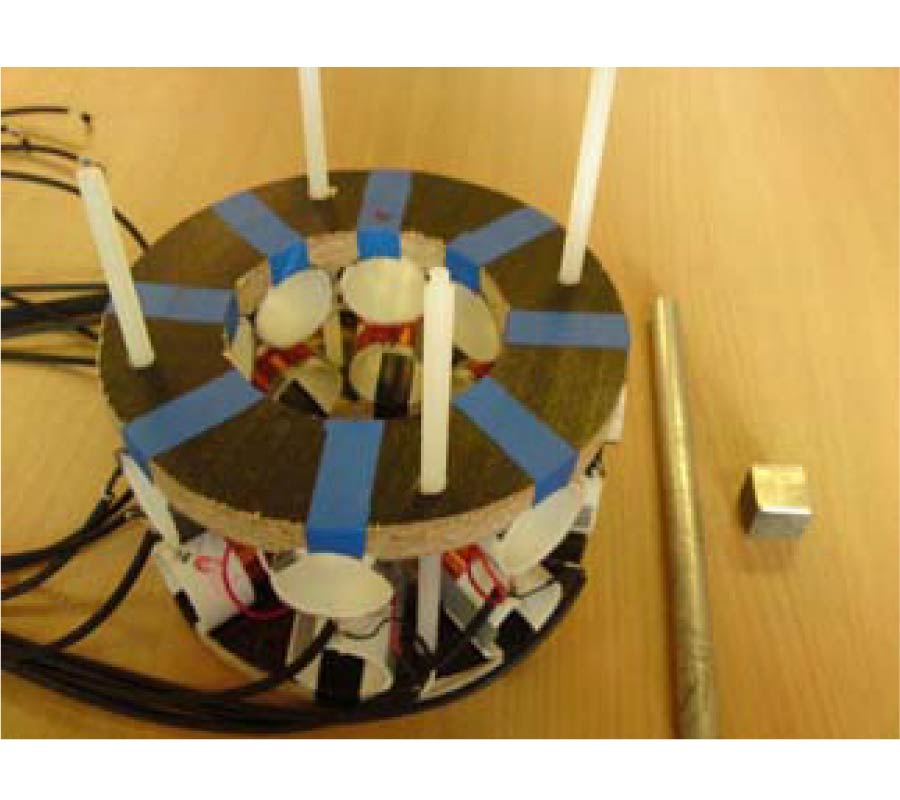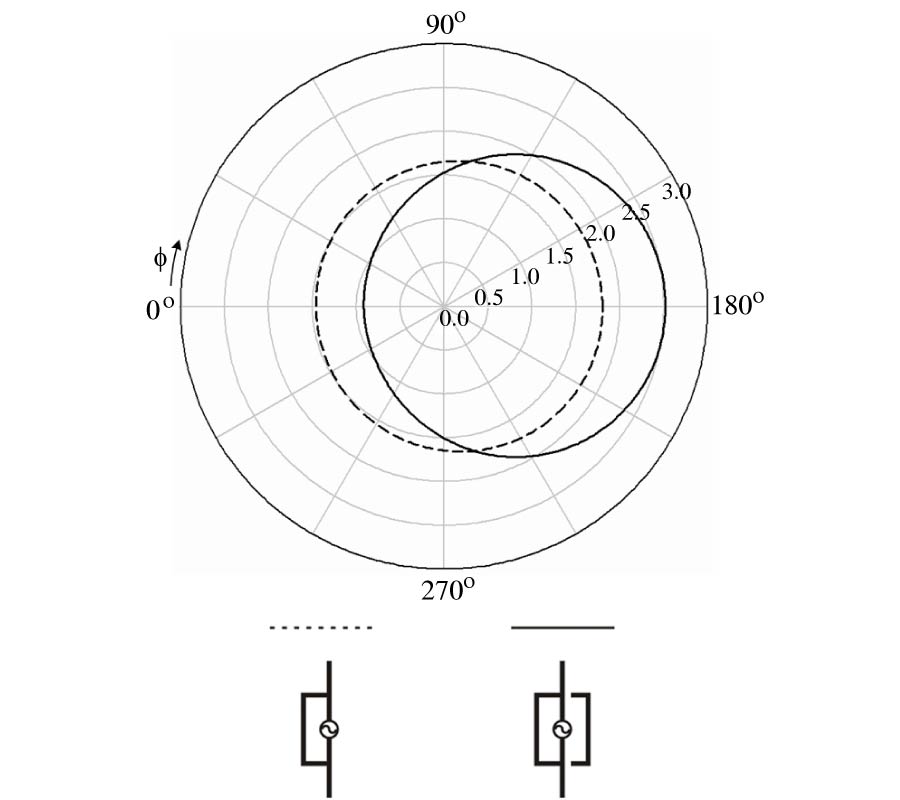On-Body Characterization of Dual-Band All-Textile PIFA
Ping Jack Soh,
Stephen J. Boyes,
Guy Vandenbosch,
Yi Huang and
Soo Liam Ooi
The introduction of various wearable textile radiators facilitates the realization of a fully wearable electronic system. However, the human body itself poses a serious fundamental challenge to its realization, mainly due to electromagnetic interaction with radiators placed in its proximity. Thus antenna performance in terms of reflection coefficient, bandwidth, radiation pattern and efficiency is expected to be severely influenced during on-body deployment. Besides addressing the need for a systematic on body evaluation procedure, this work presents an in-depth discussion on the measured degradation relative to free space operation. Considering a practical deployment scenario, the two antenna designs are first optimized in proximity of a human-emulating box using a commercial simulator. ShieldIt textile is chosen to build the antenna's conductive components, and this prototype is then benchmarked against another similarly dimensioned prototype constructed using conductively-homogeneous copper foil. For each material, two dual-band prototypes are fabricated, one resonating at 2.45 GHz and 5.2 GHz, and the other at 2.45 GHz and 5.8 GHz. Two realistic on-body deployment locations are chosen to be investigated, on the chest and back, considering two antenna orientations - one radiating away from the user, and the other radiating along the body. Free space and on-body reflection coefficient, bandwidth and radiation pattern are evaluated for each prototype in an anechoic chamber, while a reverberation chamber is utilized to determine their efficiency. All measurements were carried out using consistently the same human volunteer. Evaluations show that coupling distance and conductivity are the main factors in determining efficiency rather than on-body location, given that evaluations are carried out while the antenna keeps its planar form.
